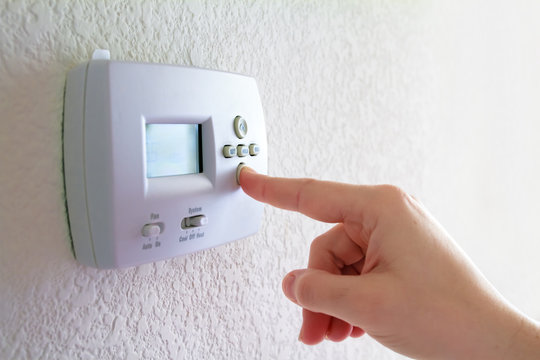Homemade fashion retains special value
Small businesses require vital attention during this destructive pandemic
February 4, 2021
It is common knowledge that thrifting has been on the rise in recent years. It’s cool to get cheap clothes that are unique and thrifting often serves as a pretty good aid for that. Upcycling, or the process of taking thrifted/used clothing and altering it, is also on the rise. Something even more specialized than that, though, is handmade and homemade fashion.
I run a (very) small business in which I crochet some wearable items, and it’s a lot of fun. Of course, in order to promote my small business, I joined a couple of sites that I thought would help me do that, the first being Instagram. Instagram’s interface allows for creators to post pictures of their products and connect with other creators, as well as potential buyers. It’s interesting when you start to realize that there is a great amount of supply and very little demand when it comes to homemade fashion.
The problem is not that people don’t want to wear handmade items, it’s that they don’t want to pay for them. I spend about 15 hours of time with a hook in my hands crocheting each cardigan I make. If I paid myself the United States’s minimum wage, this cardigan would be easily over $100. If I add in the cost of materials, it’s looking steep. So, why buy a cardigan for $150, when you could go to H&M and buy one for $20? There are a couple of reasons.
For one, handmade fashion is totally unique. Every single piece created by hand is a one-of-a-kind thing. So, in that sense, the “supply” is very low, which means the demand will likely be high — in theory. But it’s not.
There’s a predicament that I’ve come across on Instagram and Etsy in which I’ve had to choose to sell myself short, or not sell at all. Because I realize people won’t drop big bucks on my work, I often make executive decisions to lower my prices. Yet, when selling on Etsy and, especially when advertising on Etsy, a lot of your profits go down the drain. It’s a simple $0.20 per listing that you decide to put up, and then a seemingly unexplainable amount of money is taken each time you make a sale. Don’t even get me started on ads on Etsy (oftentimes, you are charged an obscene amount if you make a sale off of an ad).
So the pickle we’re in is this: how do I support small business owners who are absolutely struggling during the pandemic and beyond without bankrupting myself?
First, I’d say that it’s important to understand the value of a product. Think about the time that went into every stitch and all of the materials that came together to create a finished piece. Then, of course, you can decide if the product is worth spending on. If it’s not, that is okay too. If you can understand the value of a product, but can’t justify buying it, then show it some love.
Instagram’s algorithm is getting increasingly different from its original ‘like’ algorithm. Now, a ‘save’ is the most powerful button on the entire app interface, followed by a ‘share.’ Take time to read what creators have to say, because a lot of them are talking about Instagram’s algorithm. It’s free to save, share, comment, and like (in that order), as well as reach out to the small business and let them know that their work does not go unnoticed.
Thrifting, upcycling and creating clothing items will not be a fad that fades soon. If you’re looking to help out a creator, consider their perspective and go from there.




















